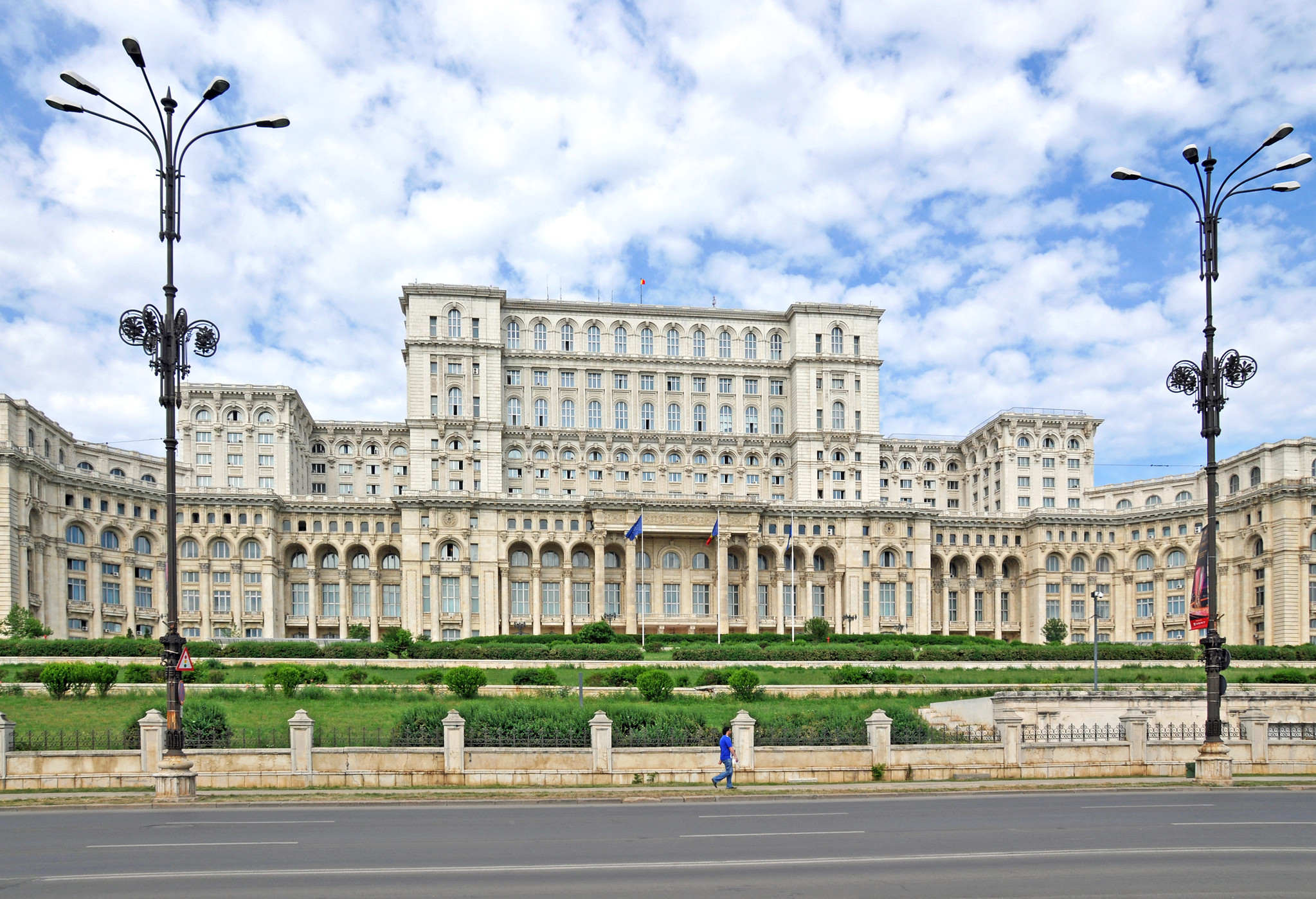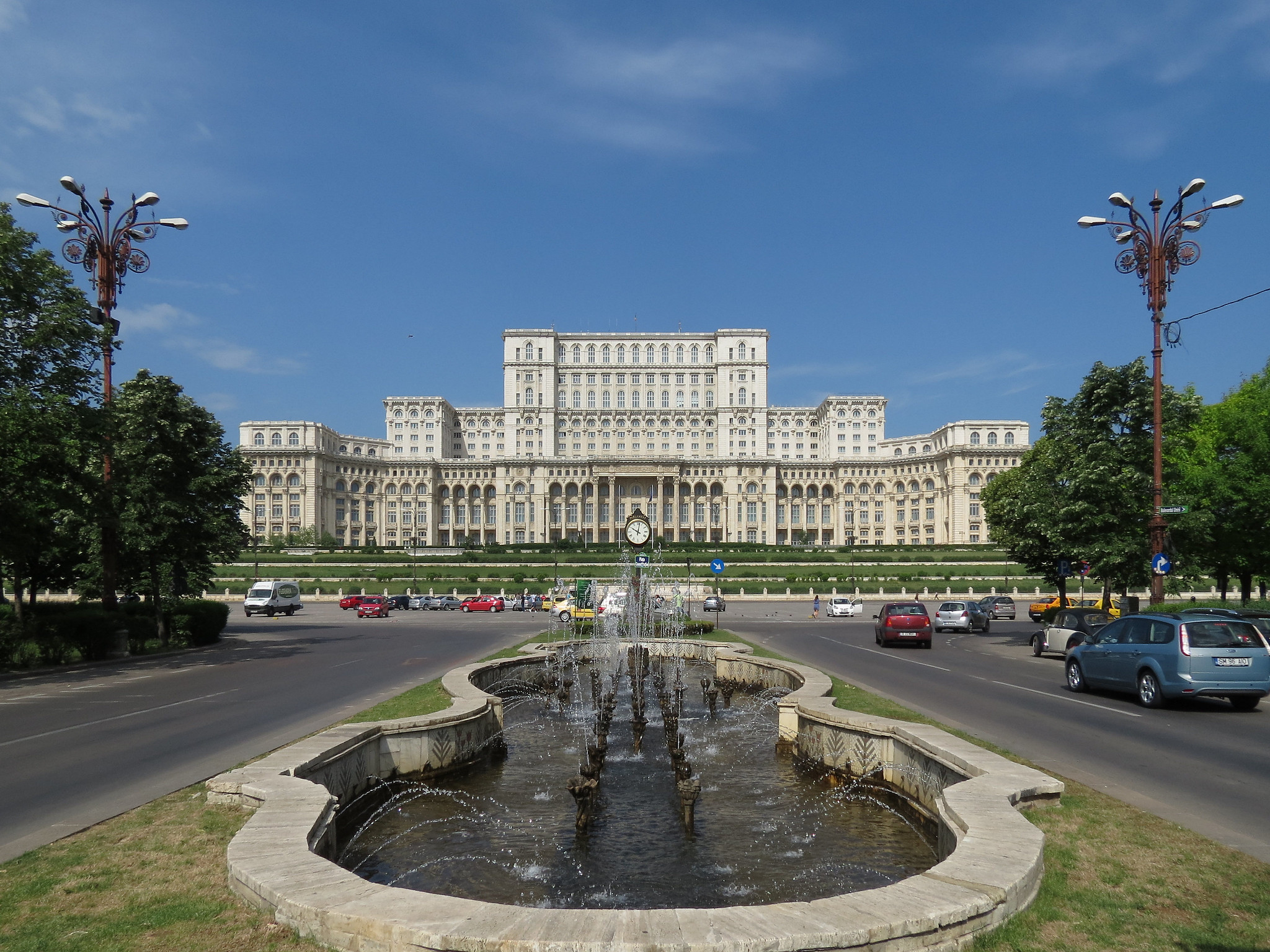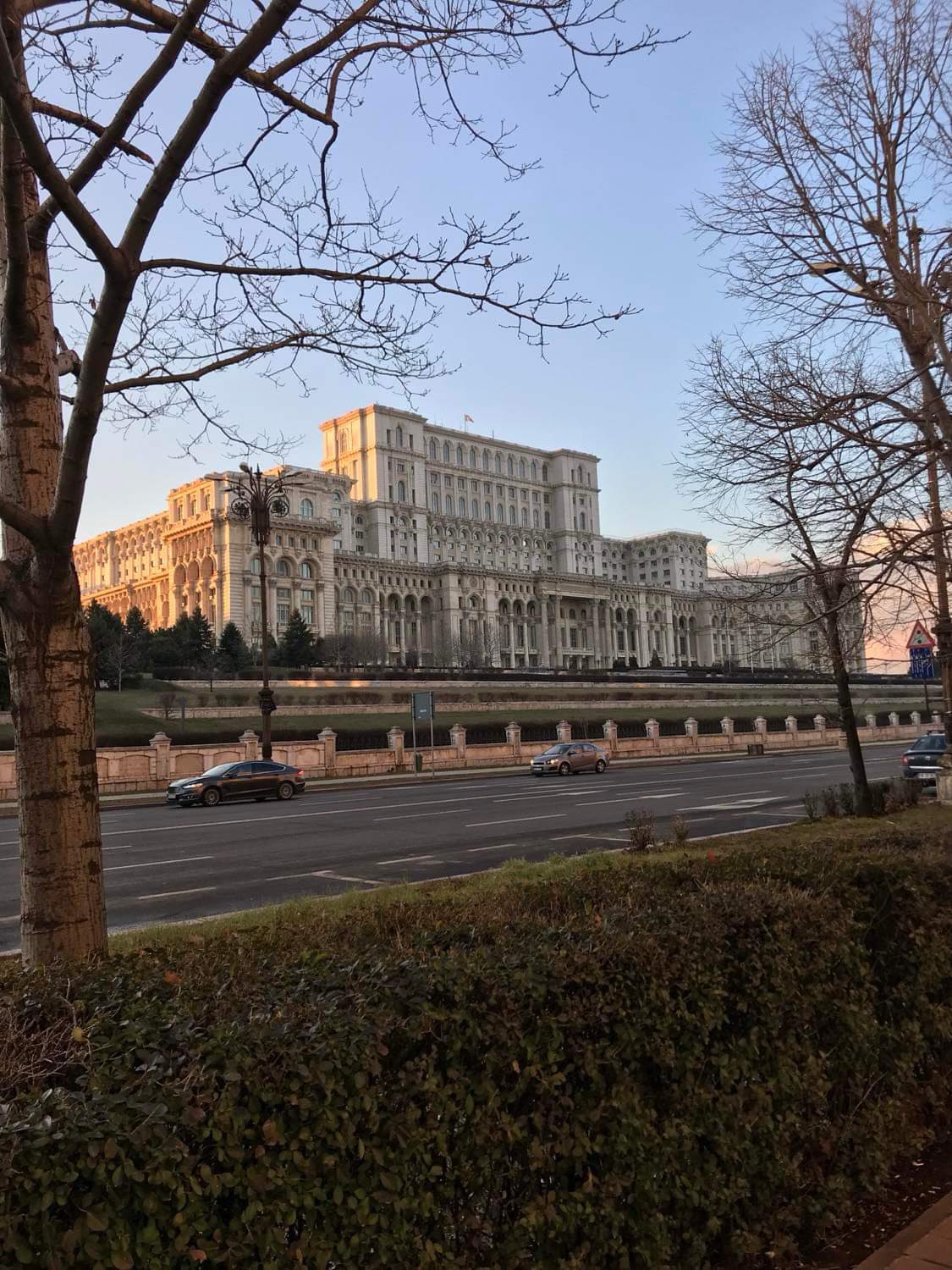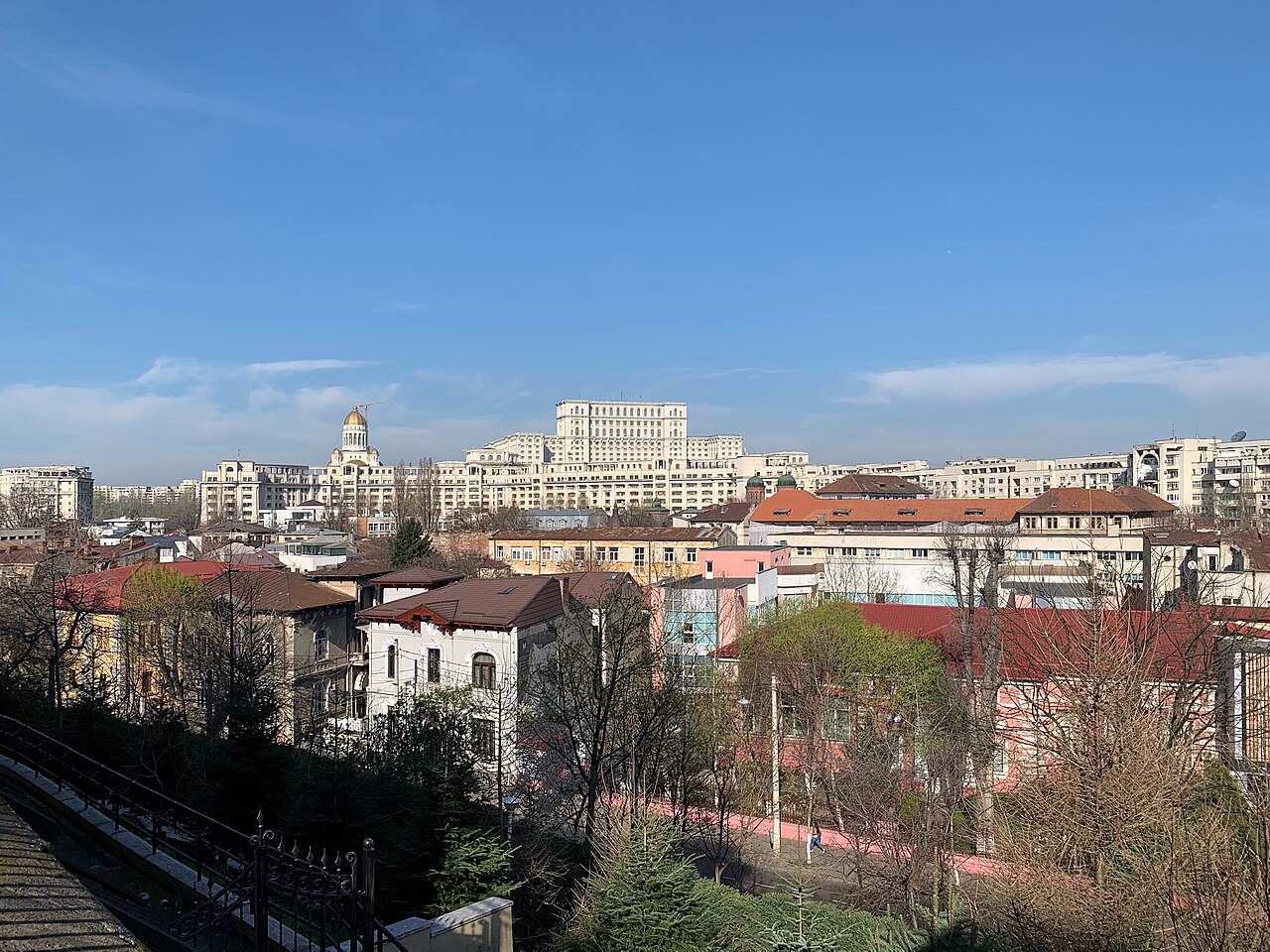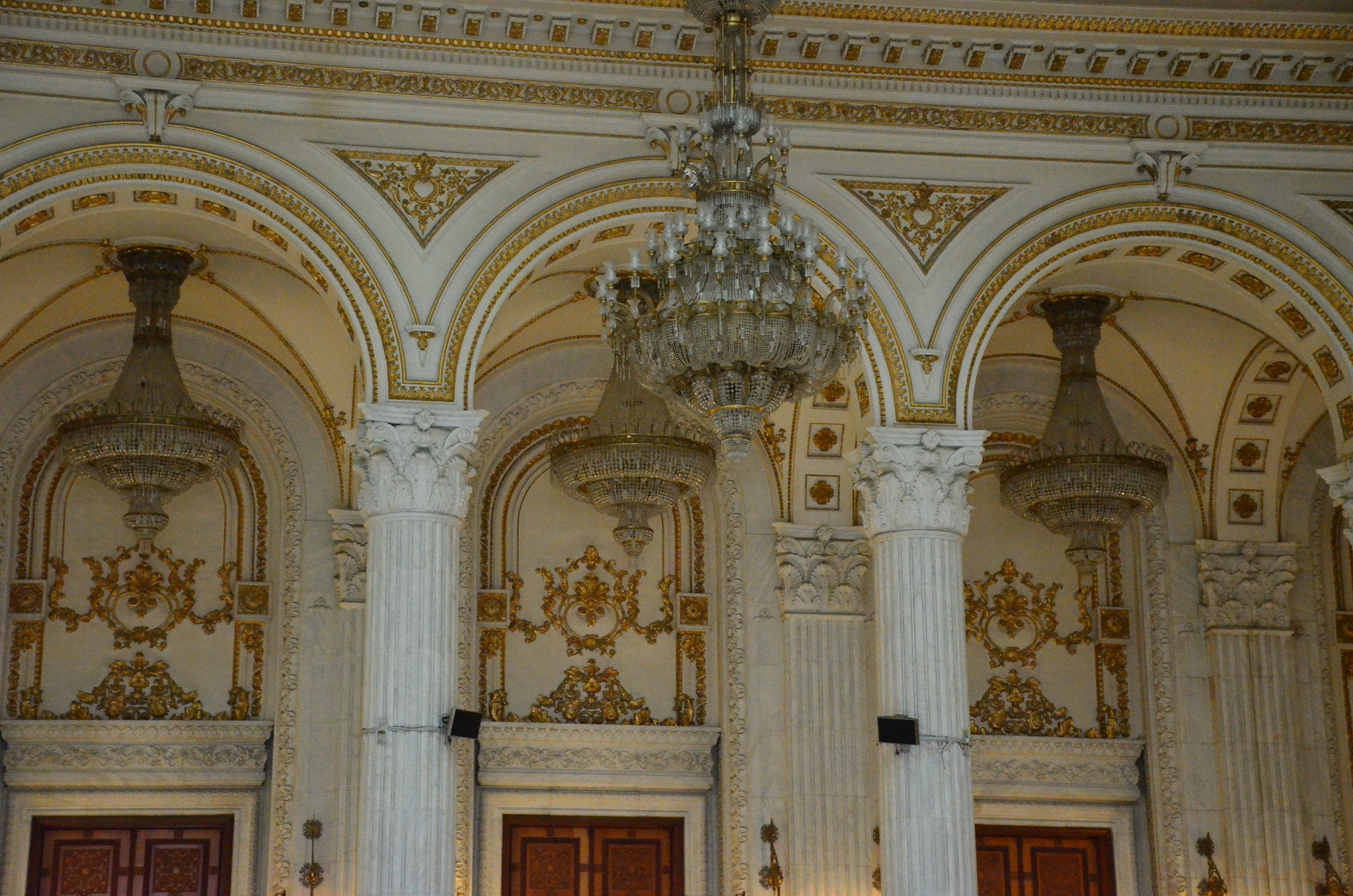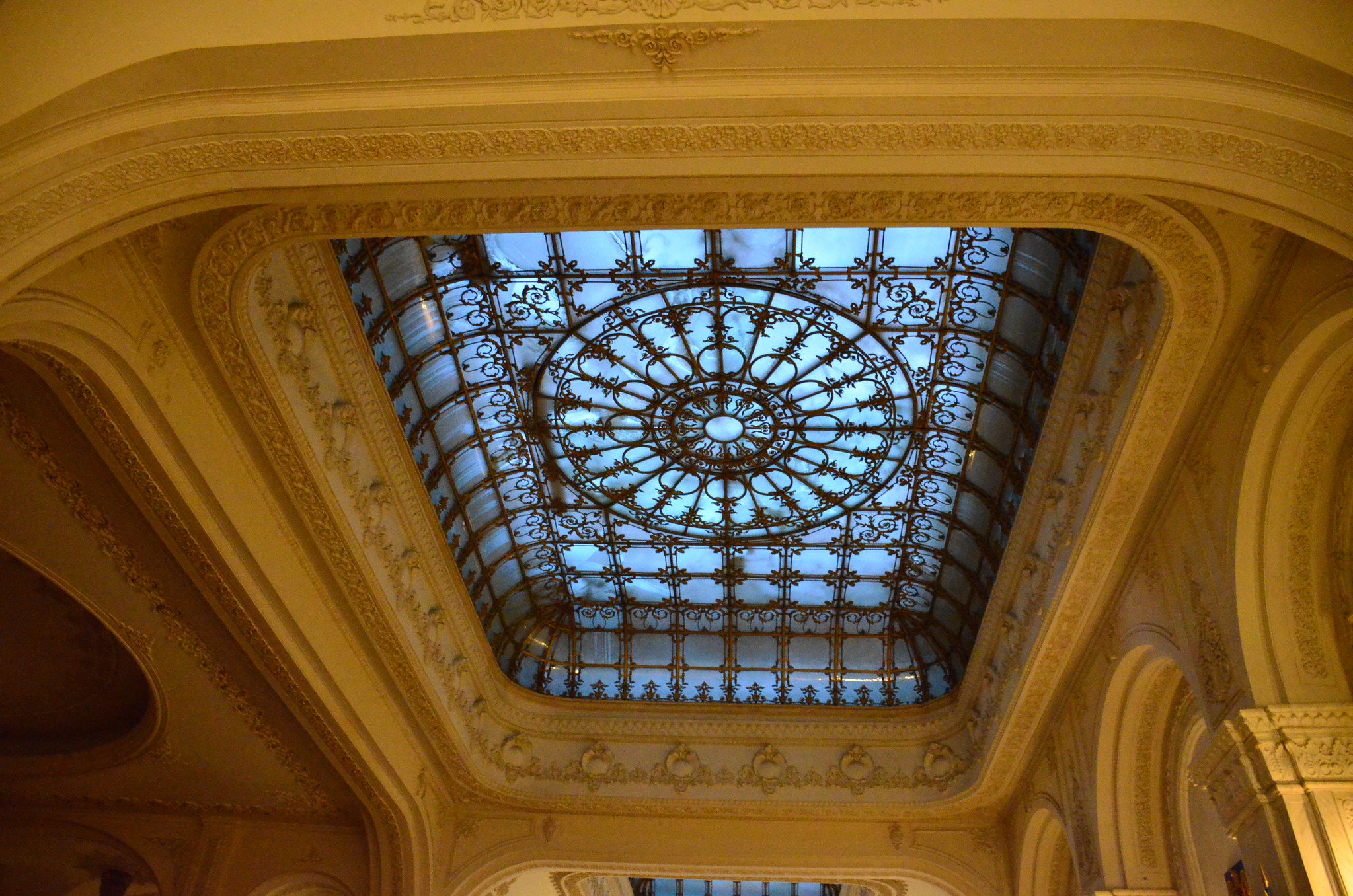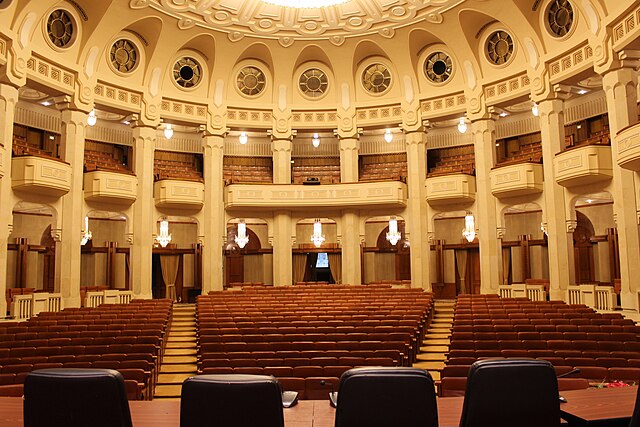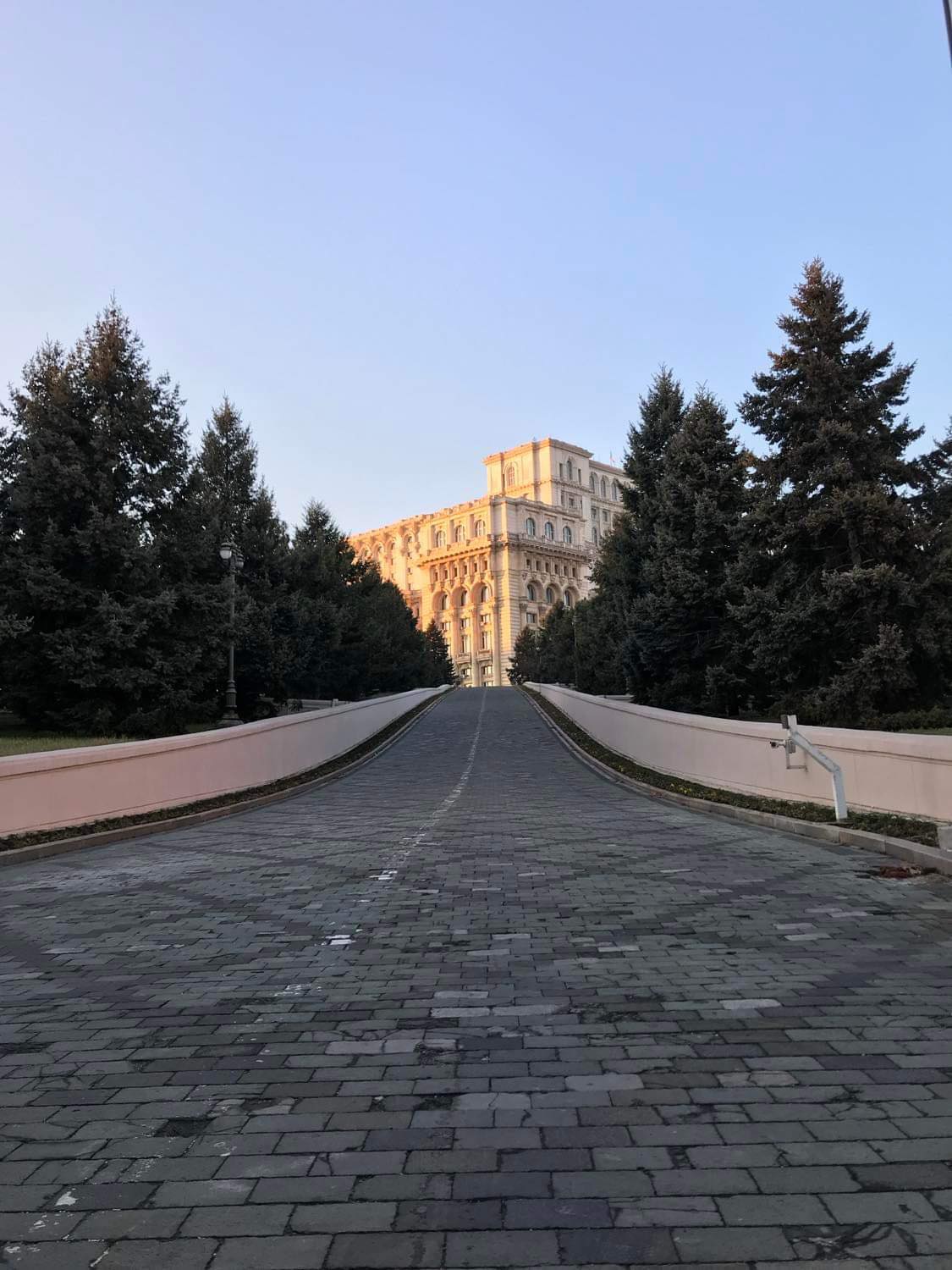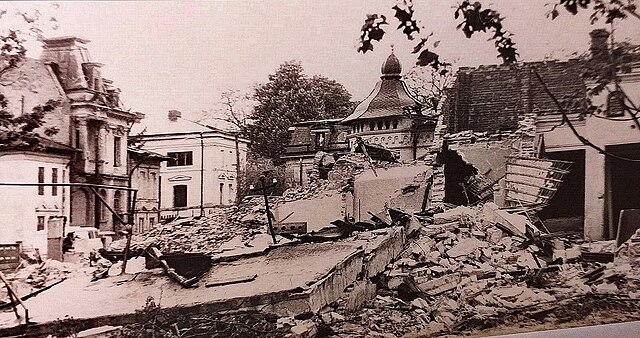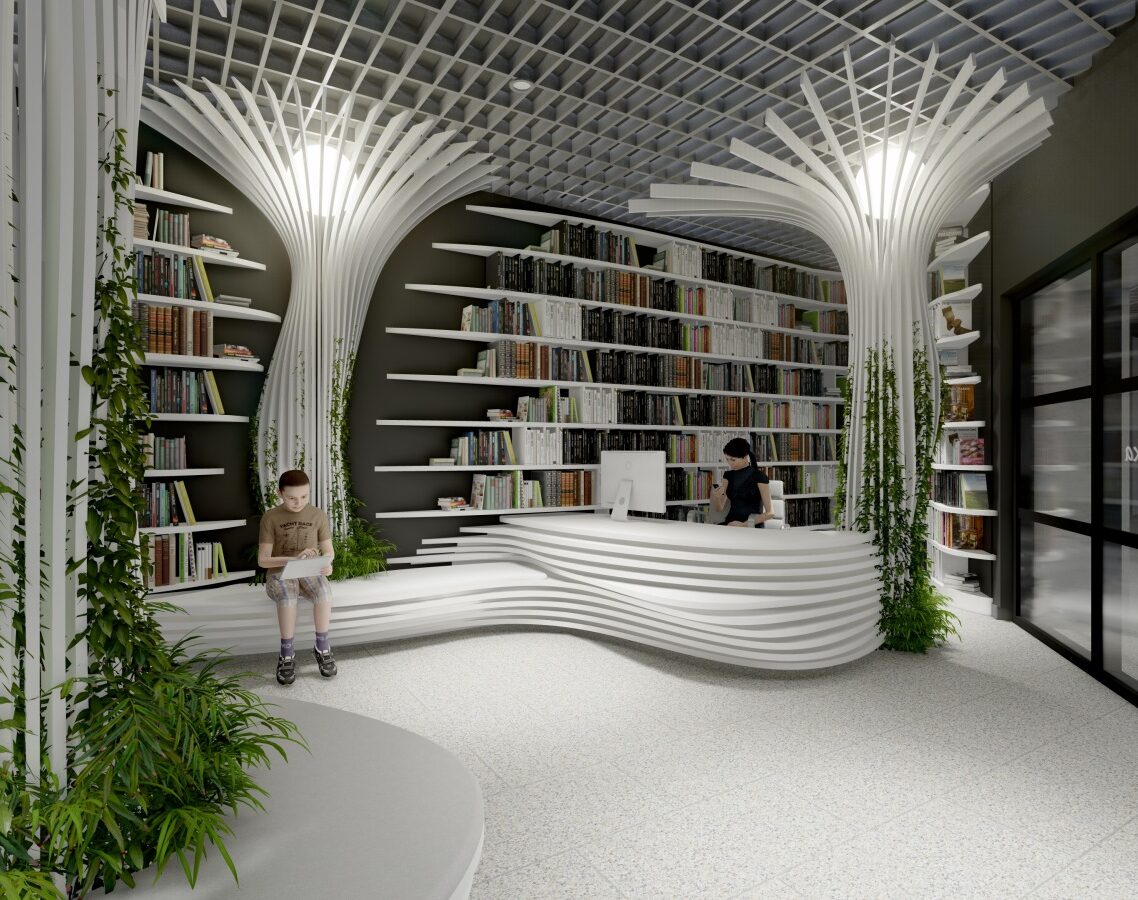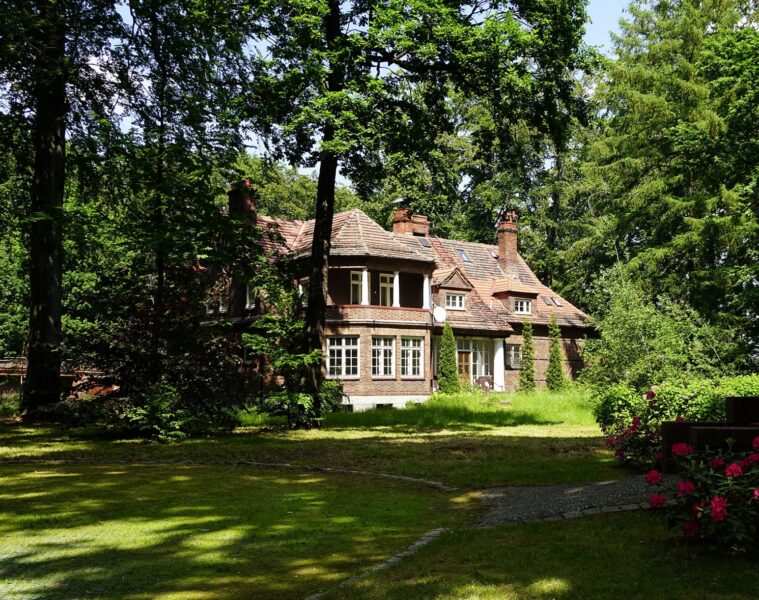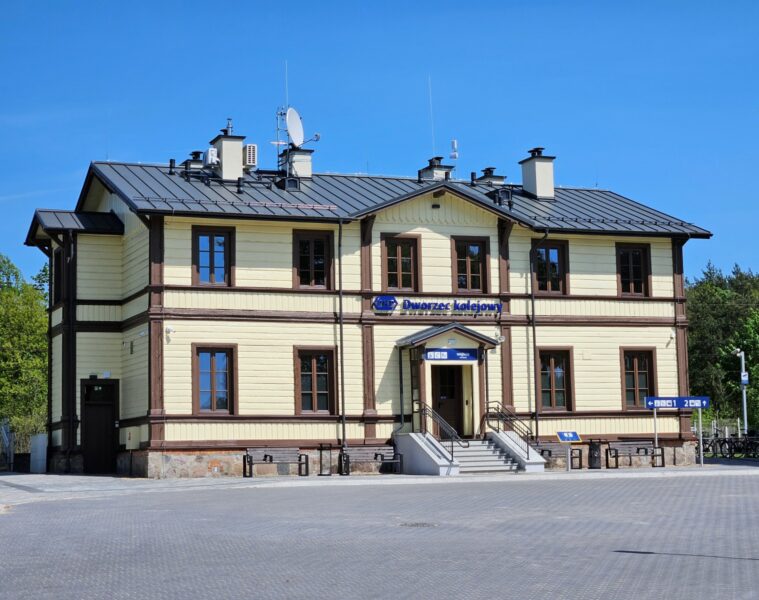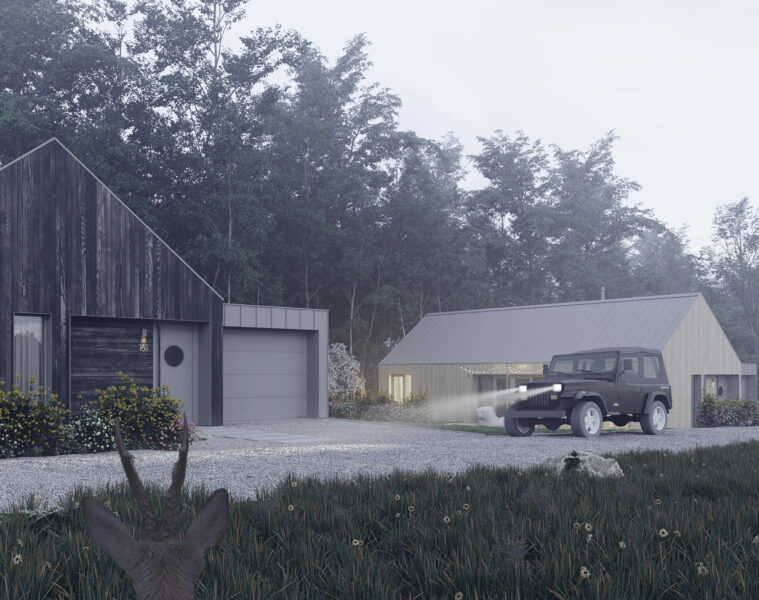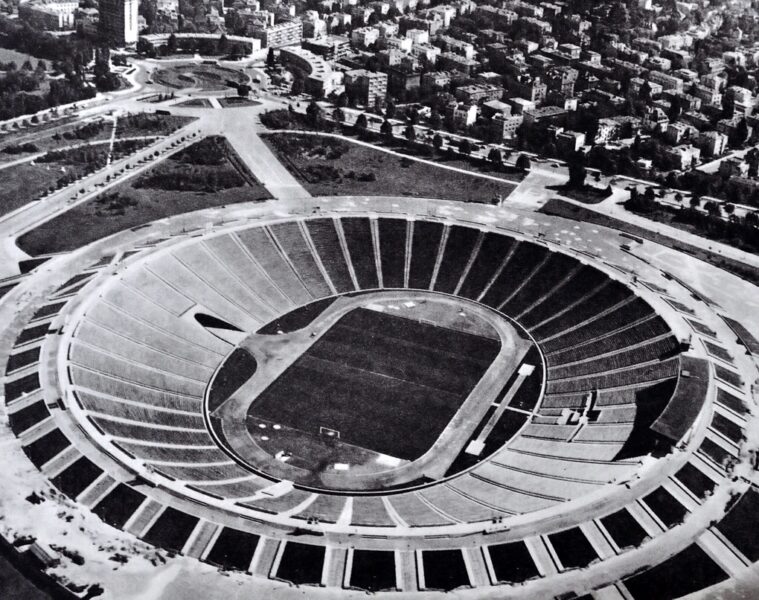The Palace of the Romanian Parliament in Bucharest was to be a symbol of socialist success. To prepare the site for construction, 5 per cent of the city was demolished. The Palace of the Parliament took 13 years to build, consumed hundreds of thousands of tonnes of steel, bronze and marble and cost almost €4 million. The world’s heaviest building is the result of Nicolae Ceaușescu’s dream.
Uranus Hill was razed to the ground along with churches and settlements. The Romanian dictator began demolishing the centre of Bucharest in 1982. The pretext for this decision was an earthquake with a magnitude of 7.5 on the Richter scale, which significantly damaged the city centre. The ‘Bucharest’ project included not only the construction of a huge palace, but also the creation of a grand boulevard rivalling that of Paris. Ceaușescu was fascinated by the North Korean jouche. It was about the independence of the state, a unified ideology and the subordination of public and private life to the welfare of the nation. The palace was therefore to be a political symbol, reminiscent of Kim Ir Sen’s palace.
With flair
Architect Anca Petrescu developed a design whose heaviness and monumentality does not only refer to its weight and dimensions, but also to its form. The building stands on a wide, heavy base and tapers slightly upwards. It has 12 floors above ground and reaches a height of 84 metres. Interestingly, the parliament palace also has 9 underground storeys, much of which, to this day, remains undeveloped.
Inside, there are more than 1 100 rooms including grand halls and monumental corridors. Only 400 rooms have been fully completed. The style of the palace is intended to be neo-classical. In fact, it is ‘neo-neoclassicism’. Hence the columns, arches and ubiquitous marble. Everything with glamour, heaviness and grand form. The interiors are decorated mainly in marble and wood with gold accents. Thousands of silk carpets lie on the palace floors. Impressive are the crystal chandeliers hanging in almost every room. The heaviest of them weighs more than 2 tonnes, with a total of 2,800, and it is worth mentioning that almost all the materials used in the construction come from Romania. The exception is the door to one of the largest rooms, donated by Congolese dictator Mobutu Sese Seko.
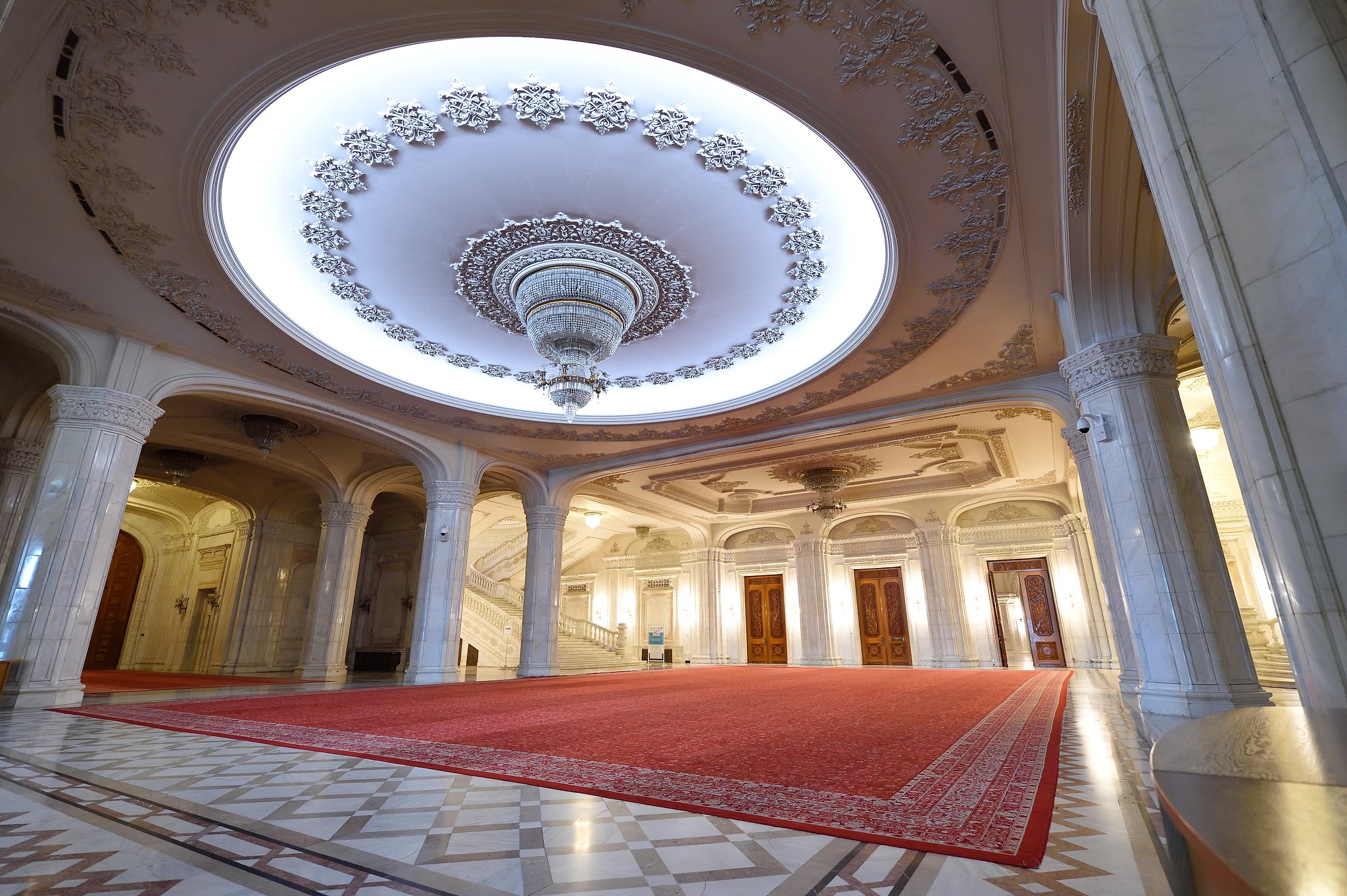
House of the Republic
The construction of the megalomaniac project involved 20,000 workers, 5,000 soldiers and hundreds of architects. Work was carried out at great heights, resulting in dozens of deaths. Construction was not completed until 1997, eight years after the dictator’s bloody overthrow. After 1989, the capital’s authorities did not know what to do with the ‘House of the Republic’. It was only five years later that the lower house of parliament was housed in the building, followed a few years later by the upper house.
Under the palace, Ceaușescu ordered the construction of a network of tunnels, connecting the building to the city’s most important institutions. 20 km of tunnels were built, large enough to be driven through by car. The lowest floor is a nuclear bunker. In addition, the palace is constantly collapsing, by 6 mm a year. Its weight, estimated at 4.1 million tonnes, presses on the ground with too much force. Such weight means that it is the heaviest building in the world.
The palace was meant to be a reflection of the power of a nation working together. However, even in its day, it was at best a contrast to Romania’s poor society. While people were starving and losing their homes, the hated dictator was building his gigantic new home.
Source: 3SeasEurope
Read also: Architecture | Curiosities | Palace | Marble | Social realism | whiteMAD on Instagram

